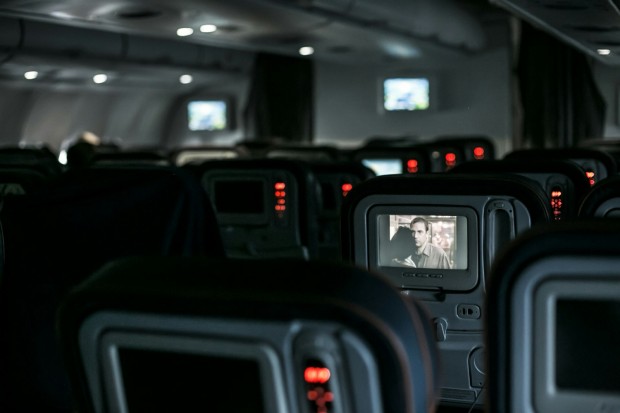As a traveler, you have probably noticed that the cabin lights dim as the plane prepares for takeoff and landing. You might think this is all about setting a mood or maybe it's just a signal that it's time to stash your tray table.
However, this common practice during the most crucial parts of your flight-takeoff and landing-is steeped in much more than routine. Next time you buckle up and see the lights go low know that there are some very good reasons behind it, all focused on your safety.
So, why do flight attendants dim the lights? Let's find out!

(Photo : Alev Takil on Unsplash)
Why Dim the Lights at All?
You might wonder why airlines bother to dim the cabin lights during takeoff and landing. It turns out, this practice is a key safety measure. If there is an emergency, having the lights dimmed helps your eyes adjust to the darkness outside faster. This quick adjustment is crucial if you need to evacuate the aircraft quickly.
Therefore, dimming the lights is not about ambiance; it is about making sure you can see clearly if you need to find the nearest exit in a hurry.
Safety First During Critical Phases
Takeoff and landing are statistically the most dangerous parts of a flight. Because of this, airlines implement several safety protocols to protect passengers. Dimming the lights is one such protocol. It ensures that in the event of an emergency, passengers' eyes are already adjusted to low light, making it easier to navigate the cabin.
This practice is especially important during night flights or when conditions outside the plane are dark.
Seeing the Way to Safety
When the lights go dim, it is easier to see emergency exit path lighting on the floor and other lit signs in the cabin. These lights are designed to be visible in smoke or darkness and can guide you to safety.
By dimming the cabin lights, these essential indicators become more noticeable and effective. Remember, being able to see where you are going can make all the difference in an emergency situation.
Related Article: These Must-Know Airplane Hacks Will Change the Way You Fly Forever
The Role of Cabin Crew
The cabin crew plays a vital role in ensuring that the light dimming procedure is followed correctly. They are trained to manage these and other safety protocols smoothly. The crew's actions are coordinated with the pilots and grounded in strict safety standards.
Their prompt execution of these duties ensures that the safety measures provide the intended protection for everyone on board.
Beyond Just Safety
Apart from safety, there are other reasons why the lights are dimmed during takeoff and landing. For one, it helps conserve energy, which is crucial for environmental and operational efficiency.
Additionally, a dimly lit cabin can help passengers relax during these critical phases of the flight when anxiety might be higher. So next time you are on a plane and the lights dim, know that this simple action is part of a well-thought-out plan to ensure your safety and comfort.
Read Also: Here's Why Everyone Loves Singapore Changi Airport So Much
This article is copyrighted by Travelers Today, the travel news leader



